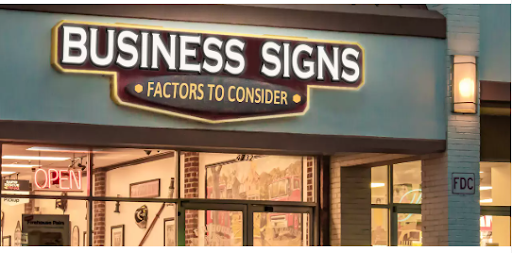Staying updated with the latest trends, strategies, and insights is crucial for any entrepreneur or business professional. Here are ten top-notch business blogs that offer invaluable knowledge to keep you ahead in the game:
Harvard Business Review (HBR) Known for its in-depth articles, HBR covers topics like leadership, strategy, and innovation. It’s a must-read for decision-makers.
Entrepreneur Offering practical tips for startups and small businesses, this blog focuses on everything from funding to scaling operations.
Forbes Forbes is a treasure trove of expert opinions on business trends, market analysis, and leadership strategies.
Fast Company This blog dives deep into the intersection of technology, innovation, and business, offering insights for forward-thinking leaders.
HubSpot Blog Focused on marketing, sales, and customer service, HubSpot’s blog is perfect for those looking to enhance their digital strategies.
Neil Patel’s Blog A go-to resource for mastering SEO, content marketing, and digital advertising, Neil Patel provides actionable tips for all.
TechCrunch Keep up with the latest tech innovations and their business implications through TechCrunch’s engaging content.
Copy blogger For those focused on content marketing, Copy blogger offers expert advice on creating impactful and engaging content.
Small Business Trends This blog is a goldmine for small business owners, covering diverse topics such as finance, HR, and marketing.
Mashable Business Mashable’s business section explores social media, technology, and emerging business trends in a user-friendly format.
Conclusion
To thrive in today’s competitive environment, staying informed is essential. The above blogs offer a mix of strategic insights, practical tips, and the latest trends to help businesses succeed. For more engaging content like this, visit Techno Sites PK, where we consistently deliver valuable and unique insights tailored to your business growth journey.









